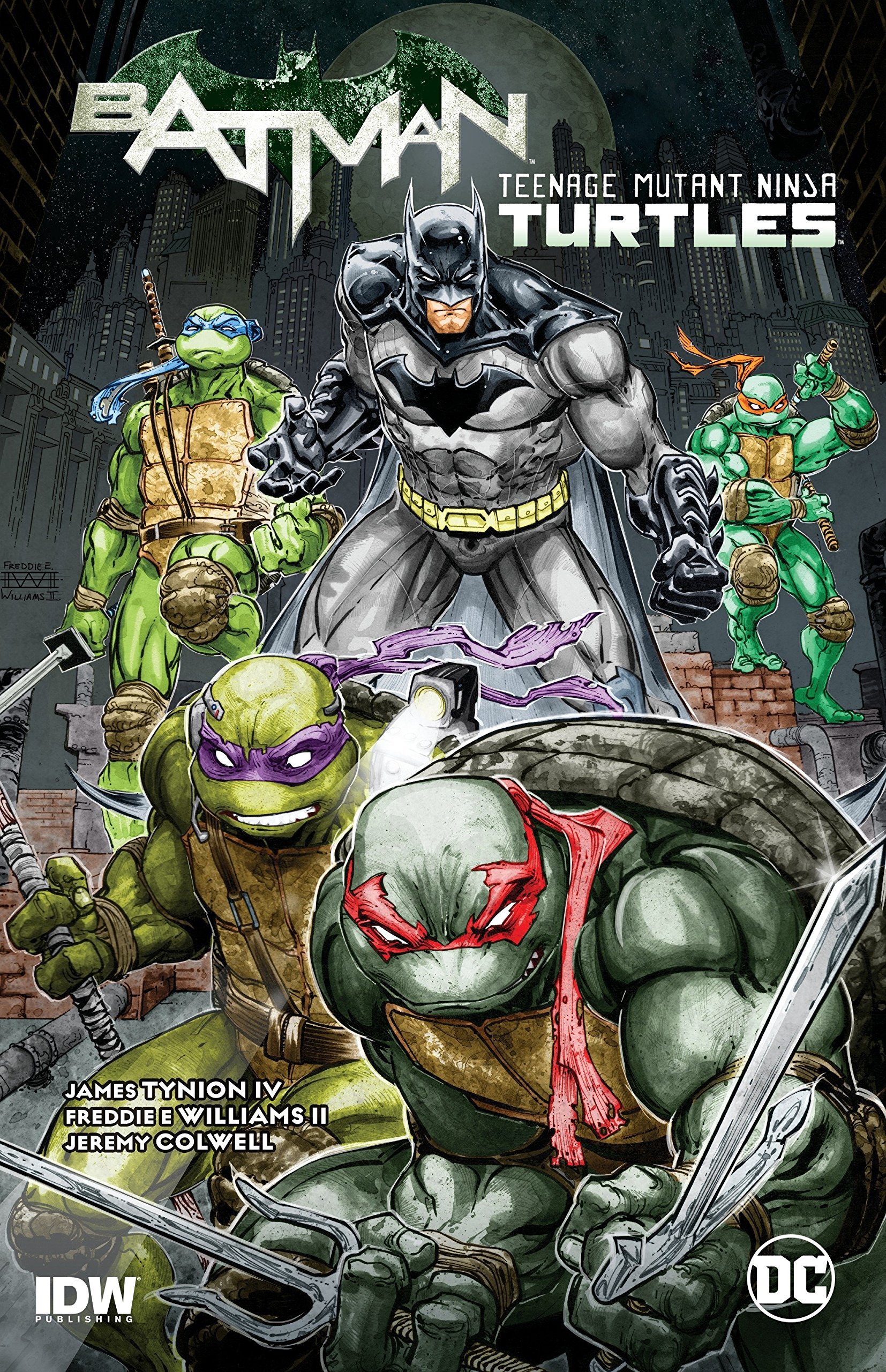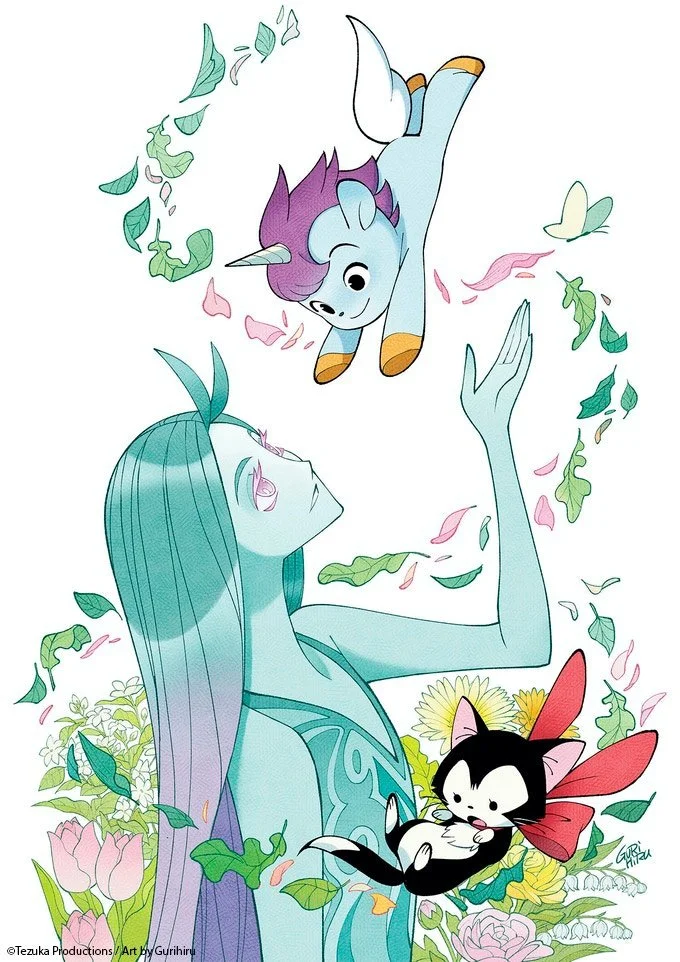The Man Without Fear...By The Year: Daredevil Comics 1987
By Bruno Savill De Jong — It’s 1987. Ronald Reagan urges the reunification of Berlin, Margaret Thatcher gets a third term as British Prime Minister, The Simpsons make their first appearance on the Tracy Ullman Show, and the ‘80s economic boom is brought to a halt with the severe and unexpected “Black Monday” crash. People are listening to “Faith,” watching Robocop and reading Daredevil.
Written by Ann Nocenti (238-245, 247-249), Jim Owsley (246)
Illustrated by Sal Buscema (238), Louis Williams (239-240, 243-244), Todd McFarlane (241), Keith Pollard (242), Chuck Patton (245), Tom Morgan (246), Keith Giffen (247), Rick Leonardi (248-249)
Inks by Steve Leialoha (238), Geof Isherwood (239), Al Williamson (240, 243, 248-249), Al Milgrom (241), Danny Bulandi (242-243), Tony DeZuniga (244-246), Dave Hunt (247)
Colors by Max Scheele (238-239, 241-247, 249), Bob Sharen (240), Petra Scotese (240, 248), Paul Becton (243), George Roussos (245)
Lettered by Joe Rosen (238-246, 248-249), Janice Chiang (247)
Ann Nocenti wasn’t supposed to write Daredevil. Originally, Steve Englehart was slated to pick up the character after Born Again, planning to (again) relocate him to San Francisco and join the West Coast Avengers. However, Englehart’s plan involved Daredevil’s old partner, Black Widow. Before he could enact this plan, Ann Nocenti wrote her fill-in issue (Daredevil #236), which involved Black Widow’s new dynamic with Matt after Born Again. Englehart felt their antagonistic agenda clashed with his long-term plans, and demanded the issue be redone, but Nocenti as an editor took precedence.
Englehart did submit an issue afterwards (#237, under the pseudonym John Harkness), including Black Widow bizarrely embroiled in a “Just Say No” anti-drugs campaign, before leaving the book for Nocenti to take. It feels like Englehart could have easily circumnavigated Nocenti’s fill-in issue – comic continuity has taken sharper turns than this – but perhaps it was that lack of editorial support. Nocenti herself cannily (and somewhat cattily) reframes Natasha’s “superheroes against drugs” campaign as a miserable failure arising from guilt over Agent Hazzard’s death. Regardless, Matt Murdock did not leave Hell’s Kitchen for a “new” (old) environment, as Englehart had planned, but remained in his home neighborhood under a ferocious new style.
This wasn’t the only shake-up at Marvel in 1987. It was the year that influential and domineering editor-in-chief Jim Shooter was replaced by Tom Defalco. At the time Mark Gruenwald remarked “Tom does not seem to have as strong a personal vision for Marvel [as Shooter], and as a result he's more open to other people's visions. It remains to be seen if that's good or bad.” Perhaps this “openness” allowed for Nocenti’s idiosyncratic style on Daredevil, which boldly cuts its own path without feeling any intimidation from Frank Miller.
While Miller drew upon pulp novels and embittered isolated antiheroes, Nocenti’s tone fluctuates between unvarnished observations of street-life and cerebral assessments of societal ills. Everyone under Nocenti descends into strange, feverish monologues, including a random woman whom Sabretooth (following the X-book’s Mutant Massacre crossover) takes hostage in the sewers. Nocenti is more explicit but also more lyrical, including character’s rhapsodising about the sexual thrill of car wrecks ala J.G. Ballard’s Crash.
Although revered in critical circles as well as among fans in online comics discussion communities, Nocenti has at times been seen as a “controversial” Daredevil writer, with a 1998 ManWithoutFear interview stating she was “one of those writers that fans either love or hate,” especially since she used Daredevil “as a vehicle to express a point of view.” Although this seems disingenuous, as surely every writer expresses some point of view, right? Frank Miller certainly put his own stamp on the character, it’s just become so reified many now take it as innate. Nocenti likewise gave a unique spin to Daredevil (in my view the best way to approach individual comic runs), addressing her thoughts around violence and rotten systems. In any case, it’s more interesting than a series that doesn’t have a point of view.
Yet I have some small sympathy for first-time readers of Nocenti’s Daredevil. She operates on a strange, reality-adjacent plane where characters will lurch into heavy-handed parables. The stories are not as clean as comfortable as average superhero comics. But after you adjust to the new mindset, the gruesome scenarios and tragic plots become easier to swallow.
Nocenti is interested in landscaping Hell’s Kitchen – rediscovered, and subsequently destroyed, in Born Again – as an actual intimate space wherein Daredevil operates. Matt Murdock, happily disbarred, works as a line-order cook at a diner, mingling with the working-class residents of the neighbourhood. Meanwhile, Daredevil regularly interacts with kid street-gang ‘The Fatboys’ or tries to reason with prostitutes, forming recurring relationships with the local residents.
Several issues in 1987 involve Daredevil trying to help ordinary citizens instead of beating them up. One is Wheeler, a former member of the Wakanda Air Patrol whose compulsive gambling has left him destitute and ashamed. Black Panther appears, but concludes there is “honor” in letting Wheeler go out on his own terms. Daredevil, however, is determined to stop Wheeler’s suicide-by-cop. Indeed, Daredevil tries to save multiple people from self-destruction this year, including the murderous Bushwhacker (who nearly sets himself on fire instead of being arrested) or the mischievous Trixter (who climbs atop the Chrysler Building on Christmas as a stunt, while questioning how much Daredevil is also showboating).
Even the enemies Daredevil does fight are not colourful outside invaders, but unpowered individuals with diseased thoughts, often coming from the underground. Sabretooth is only one roaming the sewers, as the Backwards Man (or Agent Crock from the same programme as Nuke and Hazzard) recalls traumatic fragments of his past whilst wandering below the city. His disjointed, subconscious manner reflecting his aberrant presence underground.
The same happens with Rotgut, a mysophobic albino who sees disease and pathogens everywhere in the city, tending to underground plumping as he rants about human decay. Rotgut believes foreign immigrants, homeless women and prostitutes – factors, in his view, aiding the erosion of society – are vermin that need to be eradicated. It plays upon the urban paranoia surrounding New York in the ‘80s (what with eco-concerns, AIDS and crime-rates) that Giuliani would use to justify “cleaning up the streets.” 1987 Daredevil heavily features lexicons of disease, remarking upon the “rotten mood that’s infected the whole urban bloodstream,” but also understands the urge to purify is as bad as the infection.
But the true threat Nocenti zeroes in on is capitalism. So many characters struggle to make ends meet, and Matt being repositioned as a simple line-order cook (alongside Karen Page as an ex-junkie) makes them commiserate with other working-class stragglers. They even form a “Drug & Legal Advice Clinic” to help average residents against unscrupulous landlords, among other things.
One story has a union leader become overwhelmed by his greedy employer’s cavalier attitude – outright saying “it’s absurd, but so is capitalism, and capitalism is why this is a great country” – that he becomes the “Caviar Killer.” Yet Nocenti seems sympathetic to his plight, insteading taking aim at the manipulative media who packaged the “Caviar Killer” to further their own viewership. It’s capitalism which pushes Wheeler to increasingly desperate ends, and (through the chemical company Kelco) is responsible for blinding a young boy.
Faced with such systemic threats, Matt struggles to see how to combat them. Beating up bad guys is easy, but in 1987, Daredevil repeatedly faces enemies he isn’t sure how to tackle. He knows attacking supporters of the Caviar Killer will only galvanise them, and he doesn’t want to attack average people anyway. Plus, Karen Page is repeatedly scared by the intimidating fascistic image of Daredevil the media distributes (due to her own domestic violence as an addict) and tries to encourage him to take different approaches. Daredevil is self-conscious of being a “violence magnet” himself.
Nocenti provides several examples of Daredevil unable to solve problems with his fists. When he encounters a landlord unfairly evicting a tenant, there is nothing Daredevil can do. Yet when Karen persuades Daredevil to stop Danny Guitar – a Haitian drug-dealer – using “above board” methods, this only exacerbates the problem. This ambivalent attitude towards superhero violence reflects Nocenti’s own feelings, understanding their cathartic appeal but also wondering “do we always have to pound ourselves out of every disagreement? In other words: yes, I was conflicted about writing fight scenes.”
It seems that Daredevil needs his alter-ego back. He has viewed Born Again as a “blank slate,” a way of dispensing all the baggage built up around his civilian life that he can rebuild with Karen. Even Foggy Nelson, a long-term Daredevil supporting character, only appears at the very end of 1987. Moreover, Matt does not wear his signature sunglasses, not needing to “pretend to be blind” given his simple day-job. But to fully help his fellow residents of Hell’s Kitchen, it seems Matt must give everything up. Understanding his limitations as only Daredevil, Matt re-dons his “blindman disguise” (a walking cane and sunglasses) to reintegrate himself in the Legal Clinic. He resumes the old-fashioned 1960s dilemma of how “acting handicapped is really a strain.” Nocenti’s first year may take Daredevil in strange new directions, but grappling with the guilt and sacrifices of one man saving a city is about as classic as you can get.
Read classic Daredevil Comics!
Check out past installments from The Man Without Fear…By The Year!
Check out Bruno Savill De Jong’s last regular series, Gotham Central Case by Case!
Bruno Savill De Jong is a recent undergraduate of English and freelance writer on films and comics, living in London. His infrequent comics-blog is Panels are Windows and semi-frequent Twitter is BrunoSavillDeJo.













